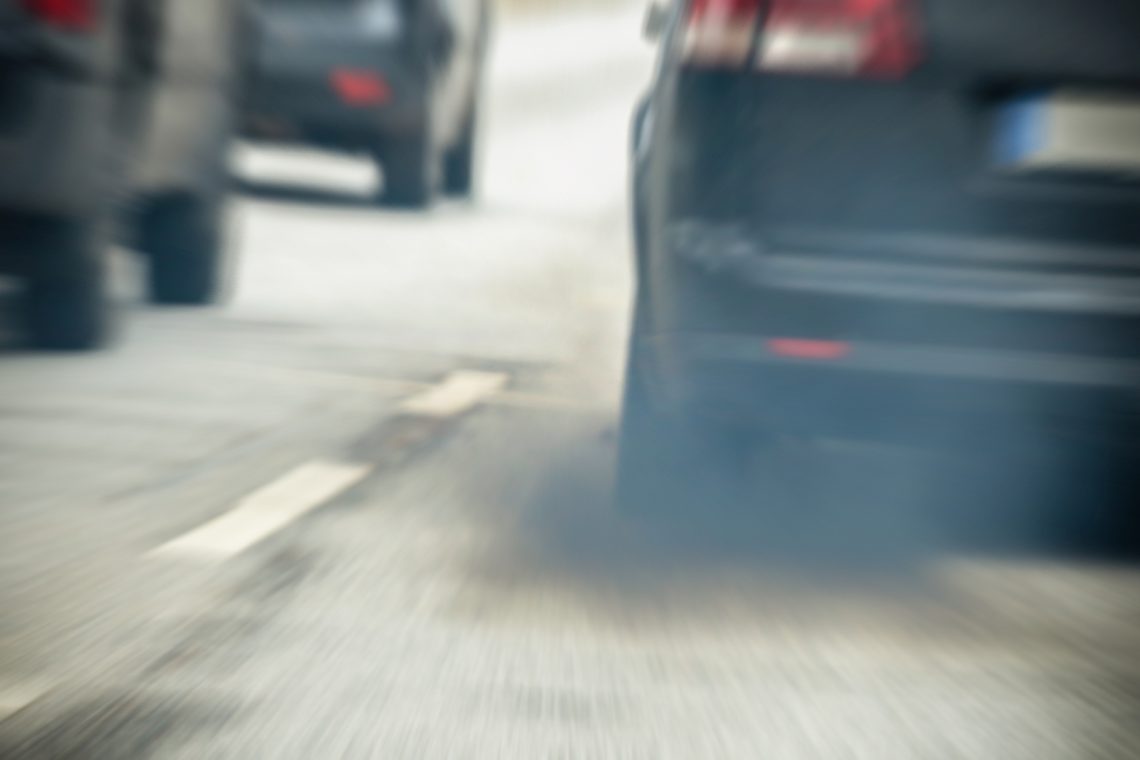Too much oil in your engine: what are the risks?
Too much oil in your engine: what are the risks? Having too much engine oil in your engine can lead to several problems. First of all, the engine will no longer be able to run properly; the oil can no longer lubricate the moving parts properly. In addition, excess oil can lead to excessive pressure on the seals in the engine. This can cause leaks, resulting in reduced pressure in the engine, making it harder for the engine to reach the correct pressure. In short: reduced performance and higher fuel consumption.
Too much engine oil: causes?
Several causes can lead to excess engine oil in a car. One of the most often heard causes is that car owners overfill oil. Adding more oil than necessary almost always leads to problems with build-up and overpressure in the engine. That overpressure also creates the risk of oil leaks or sealing problems, causing too much oil to enter the engine.

Too much engine oil: damage
First, an excess of engine oil can damage the engine’s moving parts. The oil can corrode the metal and prevent the moving parts from moving properly. In addition, bearings, gaskets or the crankshaft may be damaged. You guessed it: this can make the engine work worse or even stop working altogether.
By the way, there is no harm in driving with a little too much oil. Most fuel engines have some margin and will not cause problems right away.
READ ALSO: Motor oil – everything you need to know
Too much engine oil: symptoms
There are several symptoms that can occur. An engine with too much engine oil may be harder to start or sometimes won’t start at all. Other common symptoms include large plumes of blue smoke, fluctuating engine speed or irregular running at low speeds. Irregularly running engines often exhibit unnecessary vibration or suffer from sharply rising temperatures. A burning smell from the exhaust is also a clear sign, probably from leaked or burned oil.

Checking the oil level
First, it is important to regularly check the engine’s oil level. This way you can be sure there is not too little or too much oil in it. You check this by opening the hood and reading the oil level on the oil dipstick.

Removing excess oil from the car
If the oil is above the maximum oil level, remove the oil from the engine. This can be done by turning the plug out of the crankcase briefly, allowing some of the oil to drain out of the crankcase. Be careful because this can make a big mess. Another option is to use a siphon pump to pump out excess oil through the opening at the oil dipstick, at the top of the engine. However, this can be a tedious tinkering job. In doubt about your situation? Then ask a professional mechanic for advice.
READ ALSO: Why is an electric car more economical to maintain?

